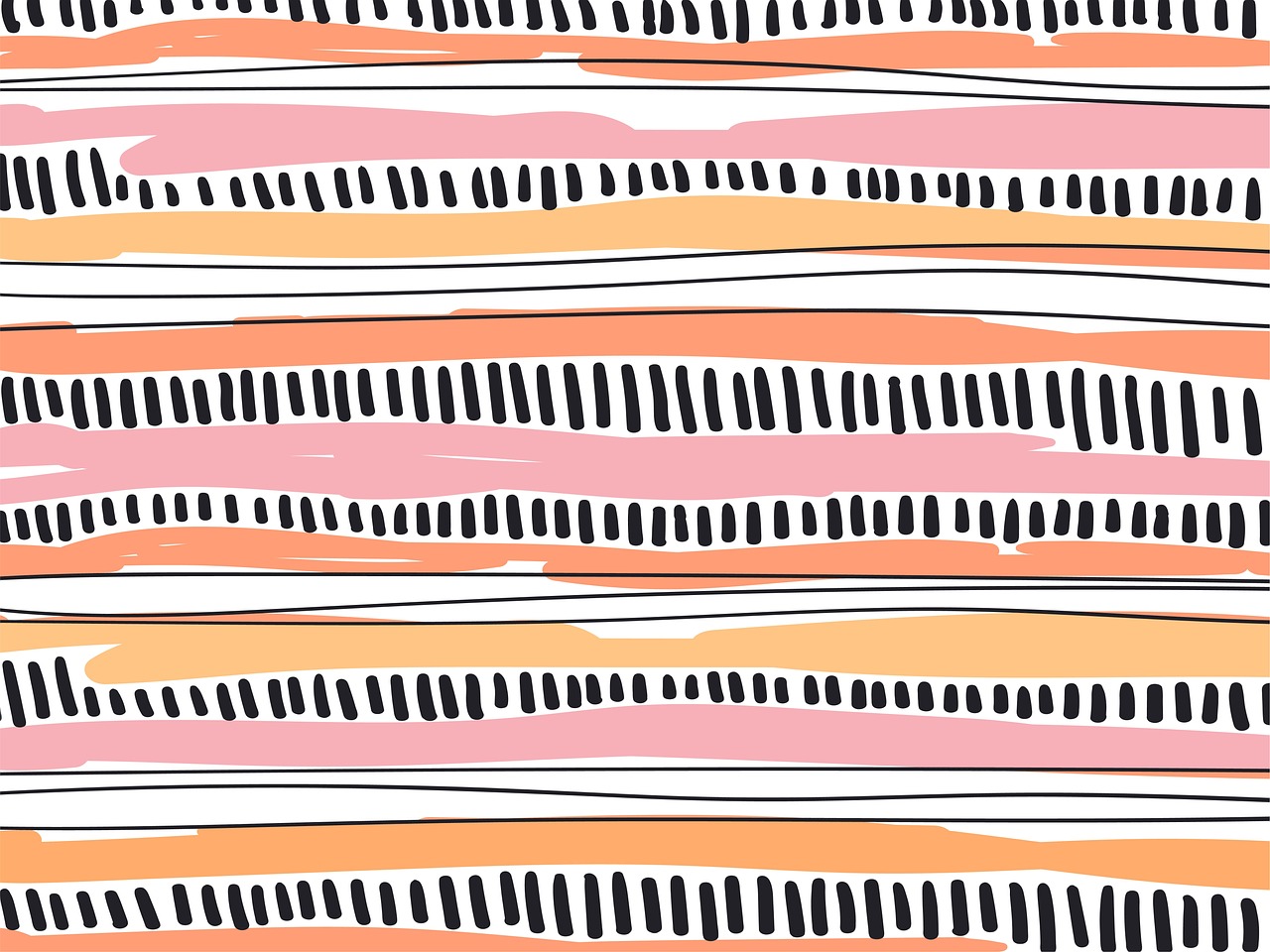
The contemporary art scene in Central and Eastern Europe (CEE) is a vibrant tapestry of creativity and innovation, where artists are breaking boundaries and redefining the region’s cultural identity. In the post-communist era, the art movements across these nations have flourished, unfettered by previous restrictions and invigorated by newfound freedoms and global interconnectivity.
In Poland, contemporary artists are at the forefront of exploring and challenging socio-political themes. The works of artists like Wilhelm Sasnal and Agnieszka Polska reflect a blend of historical awareness and modern commentary. Warsaw’s brand new Museum of Modern Art and Krakow’s MOCAK (Museum of Contemporary Art in Krakow) are pivotal in showcasing these new artistic expressions, providing platforms for dialogue and exploration.
Czechia has also emerged as a hub of contemporary art. Prague, with its rich artistic heritage, is home to a burgeoning scene of galleries and artists’ collectives. The DOX Centre for Contemporary Art stands out as a beacon of modern creativity, hosting exhibitions that are both locally resonant and globally relevant. Czech artists like David Černý are known for their provocative works that often combine humour with political commentary.
In Hungary, Budapest’s flourishing art scene reflects the city’s dynamic cultural landscape. The Hungarian National Gallery and the Ludwig Museum are key institutions promoting contemporary art, offering a glimpse into the diverse artistic trends shaping the nation’s creative output. The works of artists such as Hajnal Németh and Dóra Maurer exemplify Hungary’s rich tradition in visual arts, reimagined in the context of contemporary realities.
Romania’s art movement, particularly in cities like Bucharest and Cluj, has gained international attention. The Cluj School of Painting, with its focus on figurative and neo-expressionist art, has produced artists like Adrian Ghenie and Victor Man, whose works explore complex themes of identity, history, and memory. These artists, and others from the region, regularly feature in major international art fairs and exhibitions, showcasing the depth and diversity of CEE’s artistic talent.
Slovakia’s contemporary art scene, though smaller, is no less dynamic. Bratislava’s Danubiana Meulensteen Art Museum, situated on the banks of the Danube, is a unique space that merges nature and art, showcasing works by Slovak and international artists. The Slovak art scene is characterised by its experimental vigour, with artists often engaging in multimedia and interdisciplinary projects.
The renaissance of contemporary art in CEE is also fueled by the rise of art festivals and biennales, which provide vital platforms for artists to exhibit their work and engage with a wider audience. Events like the Prague Biennale and Warsaw Gallery Weekend play a crucial role in cultivating a vibrant art ecosystem in the region.
Moreover, the art movements in CEE are increasingly collaborative, with artists, curators, and galleries engaging in cross-border projects and exchanges. This collaborative spirit not only enriches the region’s artistic landscape but also contributes to a broader dialogue between East and West.
The contemporary art movements in CEE represent a potent mix of the past and the present, where artists are navigating the complex histories of their countries while engaging with universal themes. This artistic vibrancy is a testament to the resilience and creativity of the region, signalling a new era where CEE art is not just a regional treasure but a significant player on the global cultural stage. The boundary-breaking works emerging from these countries continue to challenge perceptions, invite reflection, and celebrate the diverse voices of this dynamic region.






